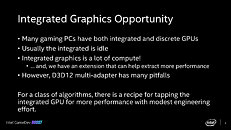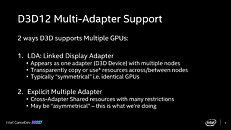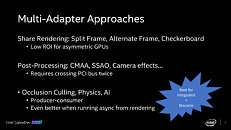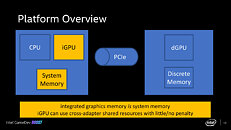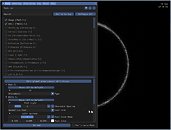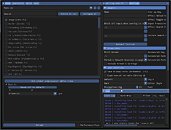
NVIDIA Announces Microsoft, Tencent, Baidu Adopting CV-CUDA for Computer Vision AI
Microsoft, Tencent and Baidu are adopting NVIDIA CV-CUDA for computer vision AI. NVIDIA CEO Jensen Huang highlighted work in content understanding, visual search and deep learning Tuesday as he announced the beta release for NVIDIA's CV-CUDA—an open-source, GPU-accelerated library for computer vision at cloud scale. "Eighty percent of internet traffic is video, user-generated video content is driving significant growth and consuming massive amounts of power," said Huang in his keynote at NVIDIA's GTC technology conference. "We should accelerate all video processing and reclaim the power."
CV-CUDA promises to help companies across the world build and scale end-to-end, AI-based computer vision and image processing pipelines on GPUs. The majority of internet traffic is video and image data, driving incredible scale in applications such as content creation, visual search and recommendation, and mapping. These applications use a specialized, recurring set of computer vision and image-processing algorithms to process image and video data before and after they're processed by neural networks.
CV-CUDA promises to help companies across the world build and scale end-to-end, AI-based computer vision and image processing pipelines on GPUs. The majority of internet traffic is video and image data, driving incredible scale in applications such as content creation, visual search and recommendation, and mapping. These applications use a specialized, recurring set of computer vision and image-processing algorithms to process image and video data before and after they're processed by neural networks.














